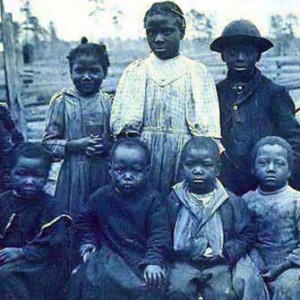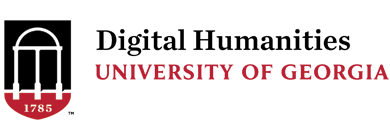Projects
Faculty Projects
Black Activism: A Transatlantic Legacy
PIs: Barbara McCaskill | Sidonia Serafini | Kelly P. Dugan
The Correspondence of Amelia Alderson Opie: A Digital Archive
PI: Roxanne Eberle
Focus on Henry V
PI: Sujata Iyengar, UGA | Nathalie Vienne-Guerrin, Université Paul-Valéry Montpellier 3
Gantz: Early Greek Myth
PIs: Frances Van Keuren | Elena Bianchelli
Hargrett Hours Project
PI: Cynthia Camp
The Linguistic Atlas Project
PI: Bill Kretzschmar
Mina Loy: Navigating the Avant-Garde
PIs: Susan Rosenbaum, UGA | Suzanne Churchill, Davidson | Linda Kinnahan, Duquesne
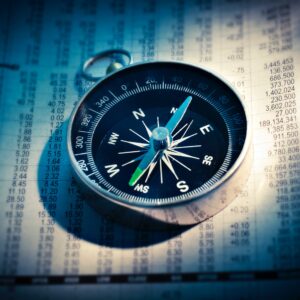
eHistory Projects
Digital work from UGA’s History Department: https://ehistory.org/
CSI: Dixie
PI: Stephen Berry
Invasion of America
PI: Claudio Saunt
Mapping Occupation
PI: Scott Nesbit
Private Voices
PI: Stephen Berry
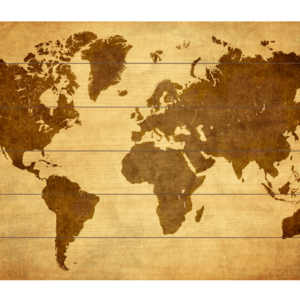
Collaborative Projects
Projects that are larger than any one topic, discipline, or department
African-American Experience in Athens
Community project
Death and Human History in Athens
The work of 5 classes in 3 disciplines on cemeteries and human history in Athens, GA
Digital Exhibits for UGA’s Special Collections
UGA’s special collections libraries
Digital Exhibits for UGA
A site for pedagogical experimentation


Born Unfree
Born Unfree was a participatory archive that allows historians, students, and the general public to collaborate in the creation of detailed biographical profiles, discussions, teaching materials, and (most especially) mapping applications devoted to the 2,300 ex-slaves interviewed by the Works Progress Administration during the Great Depression.
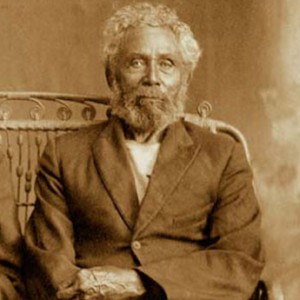
Digital Arts Library Project
The DALP seeks to acquire, catalog, and preserve legacy computers and video game systems as well as a collection of electronic literature pieces, digital interactive narrative pieces, and video games themselves in order to support research and teaching programs in digital arts. The Library will make available to faculty and students a variety of gaming platforms, computers, and virtual machines, as well a library of computer games and pieces of electronic literature that reflects the history of the Electronic Arts since the early 1980s in different cultural contexts, including the history of French video games.
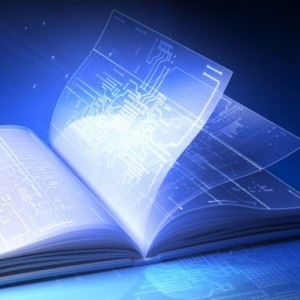
Georgia Virtual History Project (GVHP)
The Georgia Virtual History Project was an effort to use new and interactive technologies to tell the history of the state and make it available to multiple audiences, from eighth-graders and the general public to college students and academic professionals. GVHP was an effort by faculty in various departments at UGA, as well as community members, educators, and high school students in several counties across the state. It was supported by grants from various local historical societies, the Putnam County Charter School System, and the Georgia Humanities Council.
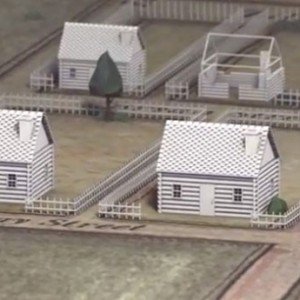
Indian Nation
When Columbus landed in the Americas in 1492, there were 8 million Native Americans living in the territory that today comprises the United States. By 1900, there were only 237,000. The Native population had reached its lowest point. Today’s Native Americans trace their ancestry to these survivors. Indian Nation collects their stories.
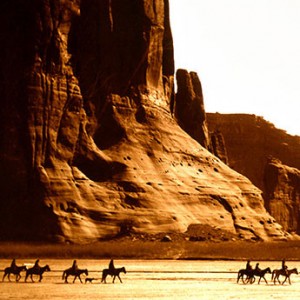
Linguistic Atlas Project
The LAP is the oldest and largest American research project to survey how people speak differently across the country. The primary outlet for Atlas research is the Linguistic Atlas website, www.lap.uga.edu. Current work on the Atlas involves 1) digitization of all Atlas materials as text, audio, and image files; 2) creation of text-encoding and presentation format for Atlas interviews which will allow for linked text, sound, images, maps, and analytical information for a wide range of users in the LICHEN multimodal software platform; and 3) advanced methods of analysis for language variation, including GIS. It has received funding from NEH and NSF on numerous occasions.
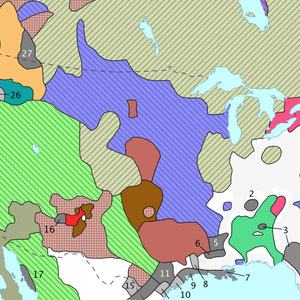
Mapping Occupation
Mapping Occupation, by Gregory P. Downs and Scott Nesbit, captures the regions where the United States Army could effectively act as an occupying force in the Reconstruction South. For the first time, it presents the basic nuts-and-bolts facts about the Army’s presence, movements that are central to understanding the occupation of the South. That data in turn reorients our understanding of the Reconstruction that followed Confederate surrender. Viewers can use these maps as a guide through a complex period, a massive data source, and a first step in capturing the federal government’s new reach into the countryside.
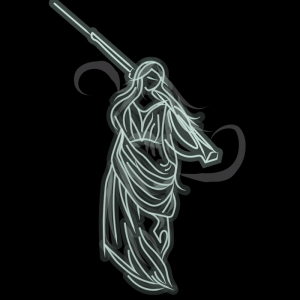
People Not Property
People not Property was a collaborative effort between faculty and archivists at the University of Georgia, Clemson University, and UNC-Asheville. It was rooted in several thousand slave records uncovered by digital history students at UGA, and several thousand more uncovered by researchers in Asheville, NC, but is now on track to become the nation’s first database of nearly five million enslaved African Americans. This project enlisted the participation of students, families, and community members as history detectives to track and share information about the people named in these slave deeds and bills of sale, and to explain their research process so that others may follow their example.
